NEW Kuba Coffee Ale Weaves a Tapestry of Flavors
Perk up! A new release that transcends borders and bring out the coffee aroma in this light, refreshing ale is now on tap.. This unique brew blends the rich, aromatic beans from the Republic of the Congo, sourced by our neighbors at Waterbean Coffee.
The Story behind the Name
Kuba Kingdom AKA Kingdom of the Bakuba or Bushongo – flourished in the 17th and 19th centuries. Existing in Central Africa in the heart of Modern-day Democratic Republic of the Congo. Conglomeration of various echnic groups – usurped by an outside individual (Shyamm a-Mbul) in 1625 and unified under his leadaership. Government organized in a merit-based title system but with the aristocracy maintaining power. The Kuba government was controlled by a king called the nyim who belonged to the Bushoong clan. The king was responsible to a court council of all the Kuba subgroups, who were represented equally before the king by their elites. The kingdom had an unwritten constitution, elected political offices, separation of political powers, a judicial system with courts and juries, a police force, a military, taxation, a significant public goods provision and socially supporting movements. In 1884, although protected by isolation in the center of Africa, Europeans reached the area and Kuba Kingdom was folded into Belgian Congo.
Grew wealthy by adopting advancements from neighbors including American crops like maize, tobacco, cassava, and beans. Became a great center of artistic expression in Africa. The Kuba are known for their raffia embroidered textiles, fiber and beaded hats, carved palm wine cups and cosmetic boxes, but they are most famous for their monumental helmet masks, featuring exquisite geometric patterns, stunning fabrics, seeds, beads and shells.
The boxes, known as Kuba Boxes and called ngedi mu ntey by the Kuba, are generally used to hold tukula powder and paste. The boxes are usually in the shape of a square with a faceted lid, a semicircle (sometimes referred to as "half moon"), a rectangle or the shape of a mask. Sometimes they were used for holding razors for cutting raffia, hairpins or ritual objects.
Tukula (called twool by the Kuba) is a red powder made of ground cam wood. The color red is essential to the Kuba concept of beauty and was therefore used to ornament the face, hair and chest during dances and important ceremonies, as well as to anoint bodies for burial. Tukula was also mixed with other pigments to dye raffia cloth.
After 1700, King Misha mi-Shyaang a-Mbul introduced wooden sculptures called ndop figures that were carved to resemble the king and represent his individual reign. These figures always included the king's ibol or personal symbol, akin to a personal standard.
The carved palm-wine drinking cups and ornately carved boxes are identified with competition between titled court members among the Kuba. With half of all Bushoong men holding titles in the 1880s, competition for influence was sometimes fierce, and it found expression in the elaboration of these essentially commonplace household objects into works of extraordinary beauty.
The Discovery
This brew is light (pale in color), and has very subtle hop and malt characteristics. You do get a noticeable, but not overpowering, coffee aroma and flavor. The 2 Row malt provides the fermentable sugars, while the touches of White Wheat and Carapils malts add a little bit of body and head retention.
The innovative hop product called Flex provides a slight hop bitterness, and Liberty hops gives very mild floral notes.
After fermentation was complete, we took a bag of whole DR Congo coffee beans that were grown in DR Congo and roasted in Huntersville by Waterbean Coffee and hung it in the tank for 48 hours. This process is what we refer to “dry-beaning”, which is similar to dry-hopping a beer with hops whereas the hops give more flavor and aroma to the beer with that process, “dry-beaning” does the same. The DR Congo beans add notes of nutmeg and cocoa in the coffee aroma and flavor.
About Waterbean Coffee
There are many similarities between brewing craft beer and craft coffee, and our neighbors at Waterbean Coffee proved to be the perfect partner to collaborate with on this coffee ale. Celebrating 10 years and 14 locations, they got their start in Cornelius just like us.
“Our philosophy is to provide approachable coffee offering a specialty coffee experience,” says Mary Burgess, who started part-time with Waterbean as a barista ten years ago and is now their director of operations. “We offer coffee flights, pour overs, french press, and everything in between.”
The beans that were selected come from the DR Congo and are roasted at Waterbean’s Huntersville Roastery. Tasting notes for coffee are similar to that of craft beer. These beans grow at an elevation of 1600-1800 masl and when sipped offer flavors of nutmeg and coco.
“We enjoyed this collab with our neighbors and having Mary attend our brew day and also our Beer School 101 to dive deeper into craft beer , says David Gonzalez, Director of Brewing. Together, we selected the perfect bean for this brew that has an American cream ale base.
Ingredients:
ABV 4.8%
IBU 15
SRM 3
Malts: Two Row, Shite, Wheat, Carapils
Hops: Flex, Liberty

